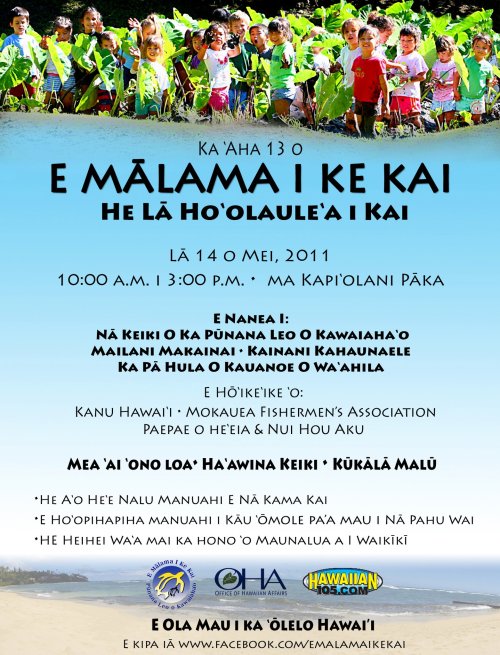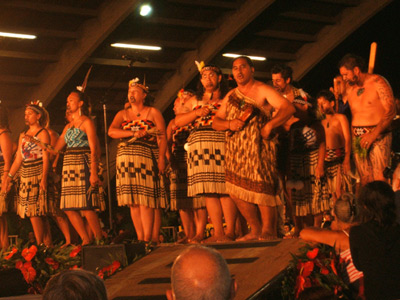‘Aha’i ‘Olelo Ola has been interviewing many native Hawaiian individuals recently and their accomplishments in relation to the Hawaiian language and culture. Their project is called “11 for 2011” in which they speak with ambitious members of the native Hawaiian community and show they talent and dreams for the future.
One of my favorite individuals to listen to was Ezekiel Lau who is a senior at Kamehameha Schools and talked about his passion as a surfer and his plans about making it to the top of the junior surfing world. To learn more about Lau here is his website http://www.ezekiellau.com/
Another interesting story is about a young native of Hawaii, Kealoha HawaiiSlam as he likes to call himself. Kealoha shares his passion with slam poetry, as he believes that it is the perfect combination of thinking, writing, and theater. What I found interesting about Kealoha is that he graduated from the Massachussets Institute of Technology with a nuclear engineering degree but now is devoting his time to slam poetry because it’s his passion.
Here is his website: http://www.kealohapoetry.com/
I also enjoyed ‘Aha’i ‘Olelo Ola’s story on Ka’iulani Murphy who is an educator for the Polynesian Voyaging Society. Murphy talks about her experiences on one of Hawaii’s famous voyages, Hokule’a and her future plans in relation to voyaging.
Another interesting story that I enjoyed is on Kamu Kapoi, a local boy born in Waianae, O’ahu who works for the Makaha Studios Hawaii’s young digital storyteller media services business and is also captain of Wa’a E ALA – Kekoa O Wai’anae. He shares his adventures and love for film and voyaging.
For more interviews on individuals please Visit ‘Aha’i ‘Olelo Ola’s website.













